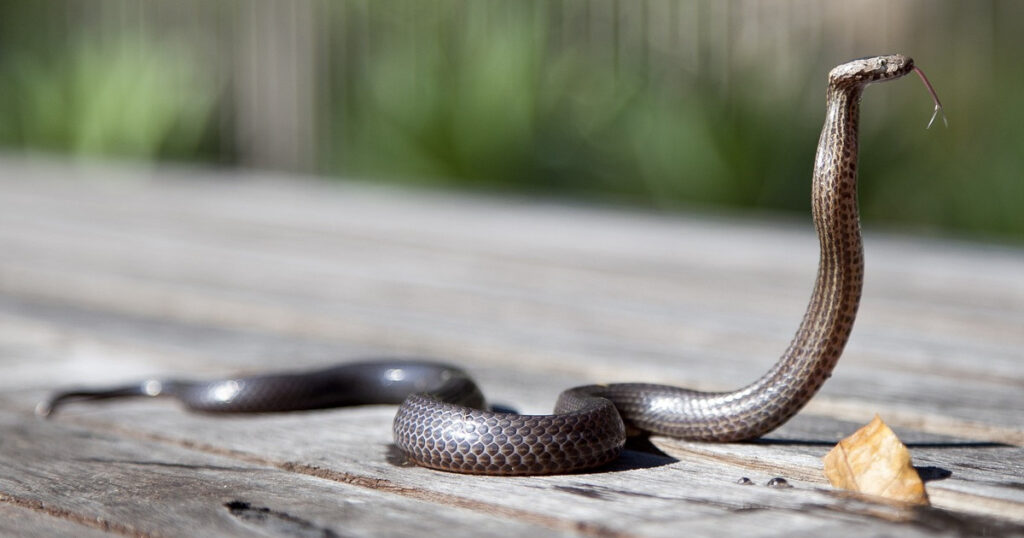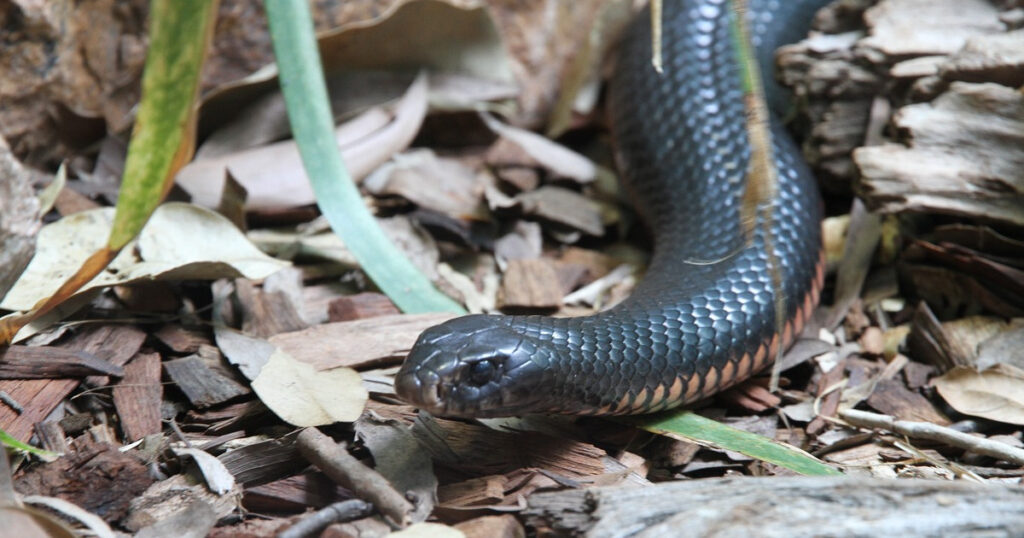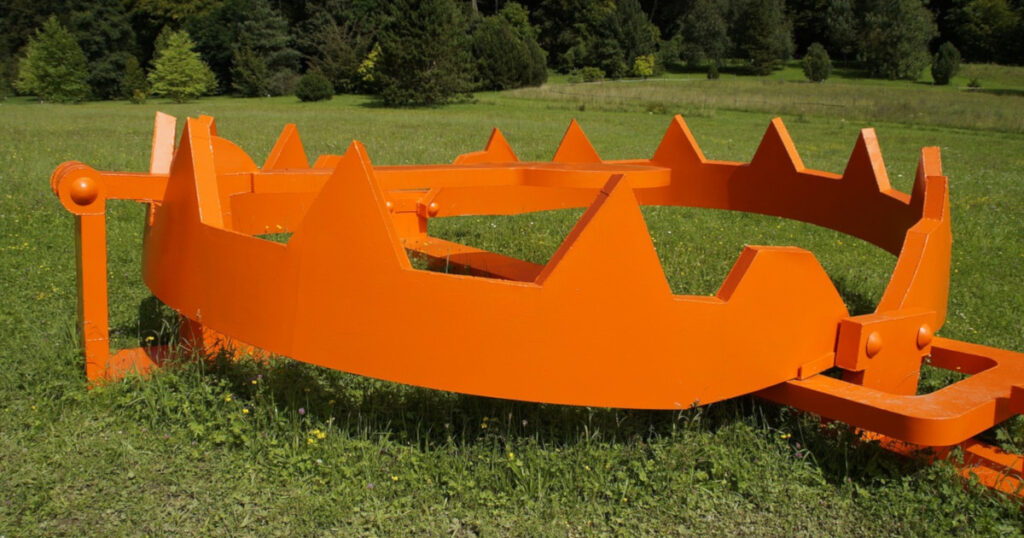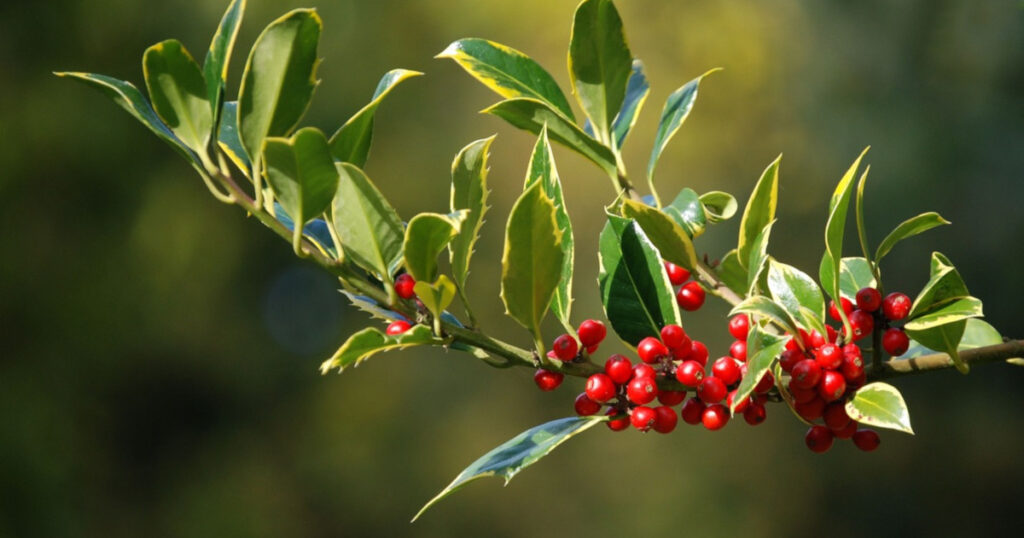Many people enjoy spending leisure time in the backyard. Are you one of them? If so, you need to ensure that your outdoor living space is safe and comfortable for you and your family.
Understanding how to control the snake population on your property through is necessary. It can help keep unwanted and unsafe creatures away from your home. Continue reading this piece to learn how to get rid of snakes.
This article also discusses ways to choose the best snake deterrent for yard. So, let us dive into this guide about snake deterrent devices and keeping snakes away.
An Overview of Snakes- Do Snake Deterrents Work on Them?

Snakes can make their way into your home via gaps and holes. Once inside, snakes mostly retreat to attics and basements. Snake infestation is dangerous, especially if they are venomous.
Therefore, it is important to use snake deterrents to keep these deadly ground creatures away from your home. Snake deterrents emit strong vibrations that scare away snakes without harming them. These devices make the snakes uncomfortable, compelling them to leave your property.
How to Get Rid of Snakes in Your Yard
Did you spot a snake on your lawn? It will surely be a frightening experience, if not dangerous per se. Nevertheless, there is always a chance that the snake in your backyard is venomous. Here are a few things you should do to get rids of snakes in your backyard.
Identify the Snakes Species
While snakes hide in attics and basements, they can be found anywhere in the house once they have entered your home. You may encounter the snake itself or find other signs. Some initial indicators include:
- Strange odor in tap water
- Rustling noises in the walls
- Snake skins
- Excrements with bones or fur
- Strange smell in enclosed spaces
- Slithering tracks and prints in garden dirt or dust
- Snake holes
Snake infestation in your home may result from an existing rodent infestation. Rats and mice are a common source of food for snakes. Therefore, snakes occur more commonly in homes with rats or mice. If you have a rodent infestation, you want to check for reptiles that might be chasing them.
Find Whether It Is Venomous or Non-Venomous

Finding whether the snake is venomous or non-venomous is critical. You should only try to remove the snake on your own when you are sure it is non-venomous. If you are unsure, calling your area police or animal control is essential.
Venomous Snakes
- Frequently triangular heads (some non-venomous species may adopt a similar appearance to scare away predators
- Green or yellow eyes with thin and vertical pupils
- Variety of colors (coral snakes have red and yellow bands)
Venomous Snakes
- Spoon-shaped or rounded heads
- Round pupils
- Variety of colors (scarlet kingsnakes have red and yellow bands separated by black ones)
Use a Snake Repellent/ Deterrent
Products like snake repellent sprays and snake deterrents are effective for preventing snakes from nesting in your backyard. If you spot a snake in your garden, consider spraying a quality repellent spray all across to interfere with the creature’s sense of smell.
However, snake repellents may not be safe for your pets and the plants in your garden. In that case, pet-safe snake deterrents make an excellent choice. They cause immense discomfort, forcing them to leave your backyard.
Set a Trap

Setting a trap can be another great option, given that you are sure the snake in your garden in harmless (non-venomous). There are plenty of traps available in the market, allowing you to catch a snake and release it in its natural habitat.
For instance, “glue traps” lure these crawling creatures to their common areas. Then, the trap secures the snake to the trap. You can use regular cooking oil to release the snake.
Use Snake Deterrents to Prevent Snakes from Making a Home in Your House
A snake deterrent (natural) provides an effective solution to prevent snakes from entering your backyard or home. Your garden probably needs them as some long grasses and plants may give native snakes a hiding place.
They are solar-powered products that emit certain vibrations of different levels to scare away venomous and non-venomous snakes.
It is one of your best options as the repellent has high strength. The high strength and variable vibrating pattern help prevent snakes from entering hiding in your garden or, worse, entering your home. The snake deterrent does not harm the snakes but makes them uncomfortable to compel them to leave your space.
Snake Deterrent Plants- Excellent Natural Snake Deterrents
Are you looking for an easy and natural way to repel snakes in your garden? Growing snake deterrent plants can help protect your home and yard from these deadly ground creatures. Here are the best plants to keep snakes away from your property.
Holly

Low-growing Holly plants are an excellent option when it comes to natural snake deterrents. This plant does a great job of turning the ground into an uncomfortable surface for snakes. If you frequently spot snakes in your backyard, consider clipping the Holly bushes and scatter spiky leaves on the ground.
Marigold
Marigold plants- whether American or French, have a strong scent that can repel snakes from entering your property. The spicy odor can also repel other creatures like moles and gophers.
Lemongrass
Lemongrass plant is another snake deterrent natural with a citrusy scent to repel snakes in USDA zones 9 to 11.
Bottom Line
Snake infestation in your home or backyard can lead to dangerous situations, so it is crucial to learn how to eliminate snakes immediately. It is essential to stay calm when you spot one in your space. First, identify the snake species and determine whether it is venomous or non-venomous. Limit rodents and use a quality snake deterrent to prevent snakes from coming near your home.